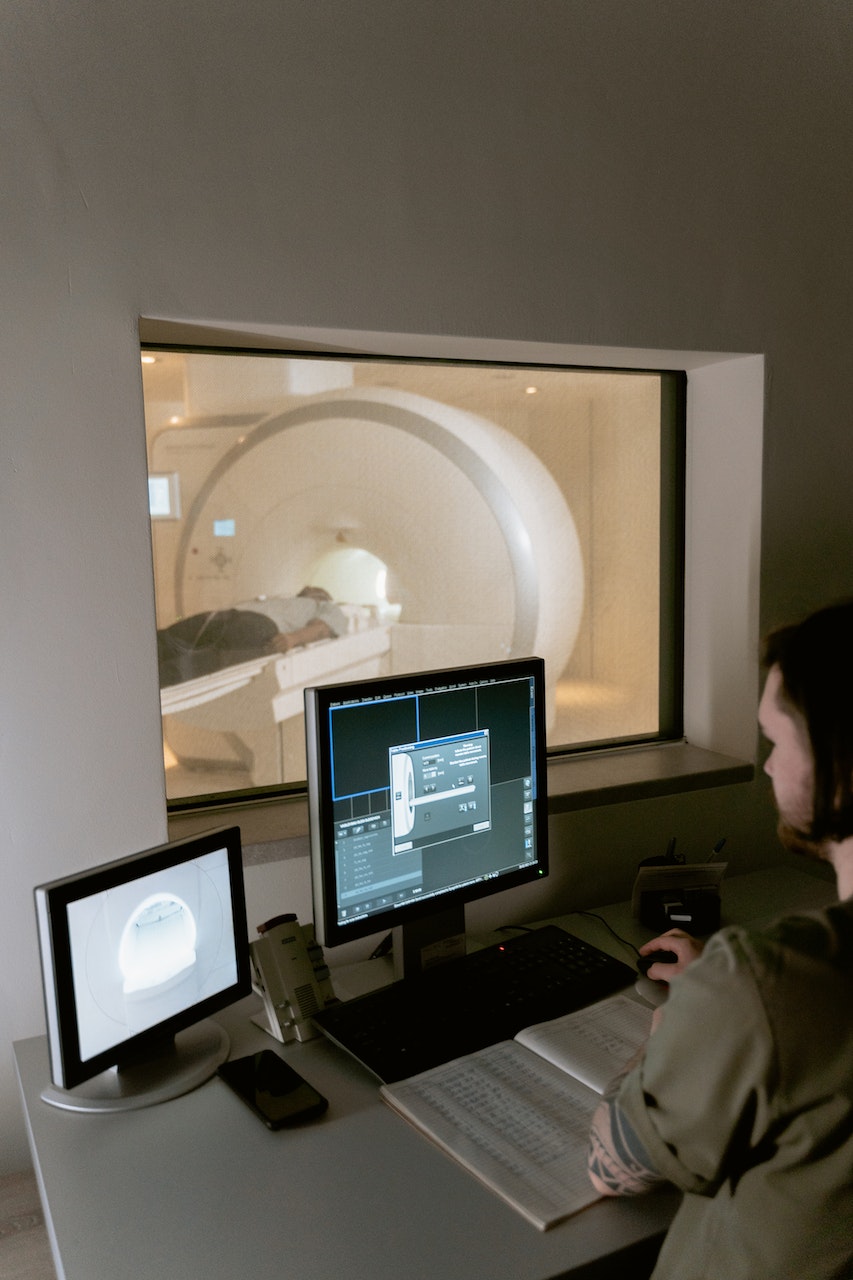 If you’re reading this, I’m going to assume you are already aware of what foot drop, or drop foot (as it is also referred to) is. But just in case…
If you’re reading this, I’m going to assume you are already aware of what foot drop, or drop foot (as it is also referred to) is. But just in case…
What is Foot Drop?
As a brief description, as I am lucky enough to have this deceptively simple sounding condition, foot drop is the inability to raise your foot up and move it left due to some form of problem a peripheral nerve; in my case, the Common Peroneal Nerve. It may sound like something small – but unfortunately, with this condition, you cannot walk properly without a corrective splint.
Put simply, how can you walk normally when you cannot lift your foot? The only way to be able to walk without the front of your foot and your toes just dragging and hitting the ground as you try and step forward is commonly to raise your foot off the ground using your knee. The normal way to walk doesn’t involve a great deal of knee bending as your feet can lift and clear the ground during “swing phase” – which is when the foot is raised and being moved forward. Like I say – you can lift your foot using your knee but you look a bit daft and it isn’t too comfortable as your foot kind of slaps against the ground rather than your heel cushioning your foot striking the ground for the way most people walk.
So as simple as it may sound, it’s actually very life altering. And there’s more – you cannot ideally operate a pedal in a car without the ability to raise your foot – because it’s constantly dropped and facing down! Jumping isn’t too easy as you have far less stability in the foot – Which is the same for running. You can buy some pretty nifty orthotic splints to help correct your foot drop nowadays – most slide in to your shoe and keep your foot at a 90 degree angle so you can walk almost normally. Some expensive ones help to move the foot itself. I’m planning to invest in one very soon!
Can You Claim?
Anyway, the big question of course is whether you can claim, and perhaps how much you can be entitled to receive. Well, as I say, for anyone who has the condition, you probably know just as well as I do how inconvenient it is. But if it was caused through no fault of your own, you may have a claim for compensation.
The common scenario where you may have a claim is through trauma to the leg in an accident. If the accident was not your fault, and the nerve was damaged thus causing the foot drop, you may have a claim. Let’s say you slip on a wet floor and dislocate your knee – causing ligament damage and damage to the nerve and consequently foot drop. Here you may have a claim against whoever is responsible for maintaining wherever you fell. As another example – let say you are hit by a car and suffer multiple fractures to the leg, which damages a section of the nerve. Again, it’s all caused by the accident, so you can look to include it in a potential claim for compensation.
How Much is it Worth?
The big question! Well firstly, you must understand that each case is assessed on its own merits – so the following is just a rough guide from the Judicial Studies Board Guidelines that exists to help solicitors’ value compensation claims.
According to Guidelines, foot drop deformity corrected by a brace falls within the category of a “Severe Foot Injury” which is estimated to be worth £30,000.00 to £44,200.00. The guidelines do literally state “It will also apply in the case of a drop foot deformity corrected by a brace.” So, as you can see, it’s worth potentially a large amount of money. Although let’s face it – if you do suffer from it like I do, I think you would agree with me that you’d much rather a healthy foot than the money, wouldn’t you!?
It’s worthwhile mentioning that there are various ways in which you can end up with foot drop that can be potentially permanent or temporary. If the nerve is compressed, so long as the pressure is released within good time, normal activity in the nerve should hopefully be restored within a few months. However, if the nerve is severed or ruptured (e.g. stretched and damaged internally) than it can all come down to surgery. You can have a sural nerve graft (which is what I’ve had) where the miracles of technology allow a qualified surgeon to extract a nerve from the back of your leg that’s responsible for sensation in the side of your foot and recycle it to bridge the gap caused by the damaged section of nerve. Sadly, it’s not a guaranteed outcome, and usually takes 12 – 48 months for any results to show. Recovery, if any, is normally expected to be partial.
There are other options such as tendon transfers but I won’t get in to that as I have never had one! I’m still in the process of waiting for any signs to show after my operation in May 2012. But I’ve heard that the tendon transfer as another option is generally quite successful.
I’ve also heard that foot drop can be caused as a side effect of an operation. So make sure you are aware of any potential risks of having an operation as this may well be one of them if it involves your legs!
So, for free and expert advice about foot drop compensation, give our expert team at The Injury Lawyers a call. Feel free to ask for me by name given I can literally sympathise with your situation!
Call our free claims line on 0800 634 75 75.

 If you’re reading this, I’m going to assume you are already aware of what foot drop, or drop foot (as it is also referred to) is. But just in case…
If you’re reading this, I’m going to assume you are already aware of what foot drop, or drop foot (as it is also referred to) is. But just in case…









